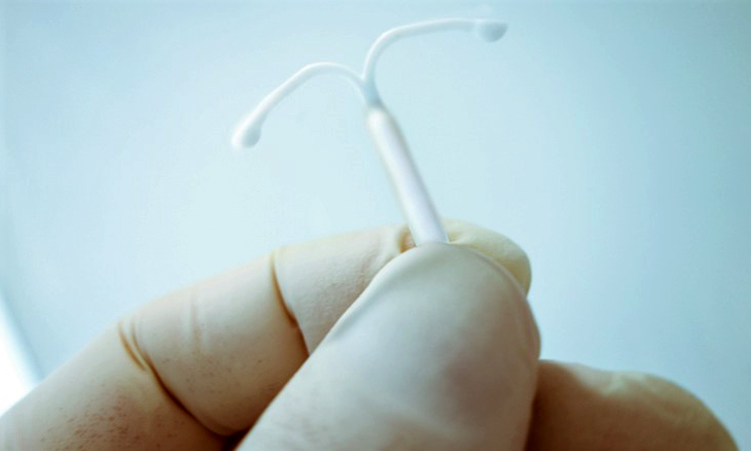JOHANNESBURG – Around 4,8 million people, the most ever recorded in a single year, became infected with HIV in 2003, a UN agency said yesterday, warning that after Africa, the plum targets for AIDS were now eastern Europe and Asia.
Some 37,8 million people were living with the human immunodeficiency virus (HIV) or AIDS at the end of 2003, and 2,9 million were killed by the disease last year, UNAIDS said. At least 20 million people have died of AIDS since it was first identified in 1981.In a foreword to the 230-page document, UN Secretary General Kofi Annan warned that AIDS “shows no sign of weakening its grip on human society”.”The AIDS crisis continues to deepen in Africa, while new epidemics are growing with alarming speed in Asia and eastern Europe.No region of the world has been spared,” he said.Life expectancy in southern Africa, the world’s hardest-hit region by AIDS, has dropped to 49 and without large-scale treatment programs could plummet to below 35 in some countries, the report said.Twenty-five million out of the 38 million people with HIV-AIDS live in sub-Saharan Africa, which is also home to 12 million children who have lost one or both parents to the disease.The orphan army will swell to 18 million by 2010 on present trends, creating vast social problems, UNAIDS said.Food shortages hitting at least six countries are also giving AIDS a “magnifying effect” exacerbating problems surrounding poverty, the plight of women and the government’s ability to respond, the report said.On average, the prevalence rate in southern Africa is about 25 per cent with AIDS and HIV affecting, in order of magnitude for 2003, 38,8 per cent of adults in Swaziland, 37,3 per cent in Botswana, 28,9 per cent in Lesotho and 24,6 per cent in Zimbabwe.”In seven African countries where HIV prevalence exceeds 20 per cent the average life expectancy of a person born between 1995 and 2000 is now 49 years – 13 years less than in the absence of AIDS,” said the UN’s 2004 Global report on AIDS.”In the worst affected countries of eastern and southern Africa the probability of a 15-year-old dying before reaching age 60 has risen dramatically,” said the report, which is being released worldwide.South Africa, which has the largest number of people living with AIDS at 4,8 million, has a prevalence rate of 21,5 per cent while 16,5 per cent of adults are living with HIV and AIDS in Zambia, 21,3 per cent in Namibia, 14,2 per cent in Malawi and 12,2 per cent in Mozambique.”Unless the AIDS response is dramatically strengthened, by 2025, 38 African countries will have populations which will be 14 per cent smaller than predicted in the absence of AIDS,” the report said.Only Angola appears to have been spared from the ravages of AIDS with a prevalence rate of only 3,9 per cent in 2003, up from 3,7 per cent in 2001, the report said.- Nampa-AFPAt least 20 million people have died of AIDS since it was first identified in 1981.In a foreword to the 230-page document, UN Secretary General Kofi Annan warned that AIDS “shows no sign of weakening its grip on human society”.”The AIDS crisis continues to deepen in Africa, while new epidemics are growing with alarming speed in Asia and eastern Europe.No region of the world has been spared,” he said.Life expectancy in southern Africa, the world’s hardest-hit region by AIDS, has dropped to 49 and without large-scale treatment programs could plummet to below 35 in some countries, the report said.Twenty-five million out of the 38 million people with HIV-AIDS live in sub-Saharan Africa, which is also home to 12 million children who have lost one or both parents to the disease.The orphan army will swell to 18 million by 2010 on present trends, creating vast social problems, UNAIDS said.Food shortages hitting at least six countries are also giving AIDS a “magnifying effect” exacerbating problems surrounding poverty, the plight of women and the government’s ability to respond, the report said.On average, the prevalence rate in southern Africa is about 25 per cent with AIDS and HIV affecting, in order of magnitude for 2003, 38,8 per cent of adults in Swaziland, 37,3 per cent in Botswana, 28,9 per cent in Lesotho and 24,6 per cent in Zimbabwe.”In seven African countries where HIV prevalence exceeds 20 per cent the average life expectancy of a person born between 1995 and 2000 is now 49 years – 13 years less than in the absence of AIDS,” said the UN’s 2004 Global report on AIDS.”In the worst affected countries of eastern and southern Africa the probability of a 15-year-old dying before reaching age 60 has risen dramatically,” said the report, which is being released worldwide.South Africa, which has the largest number of people living with AIDS at 4,8 million, has a prevalence rate of 21,5 per cent while 16,5 per cent of adults are living with HIV and AIDS in Zambia, 21,3 per cent in Namibia, 14,2 per cent in Malawi and 12,2 per cent in Mozambique.”Unless the AIDS response is dramatically strengthened, by 2025, 38 African countries will have populations which will be 14 per cent smaller than predicted in the absence of AIDS,” the report said.Only Angola appears to have been spared from the ravages of AIDS with a prevalence rate of only 3,9 per cent in 2003, up from 3,7 per cent in 2001, the report said.- Nampa-AFP
Stay informed with The Namibian – your source for credible journalism. Get in-depth reporting and opinions for
only N$85 a month. Invest in journalism, invest in democracy –
Subscribe Now!










